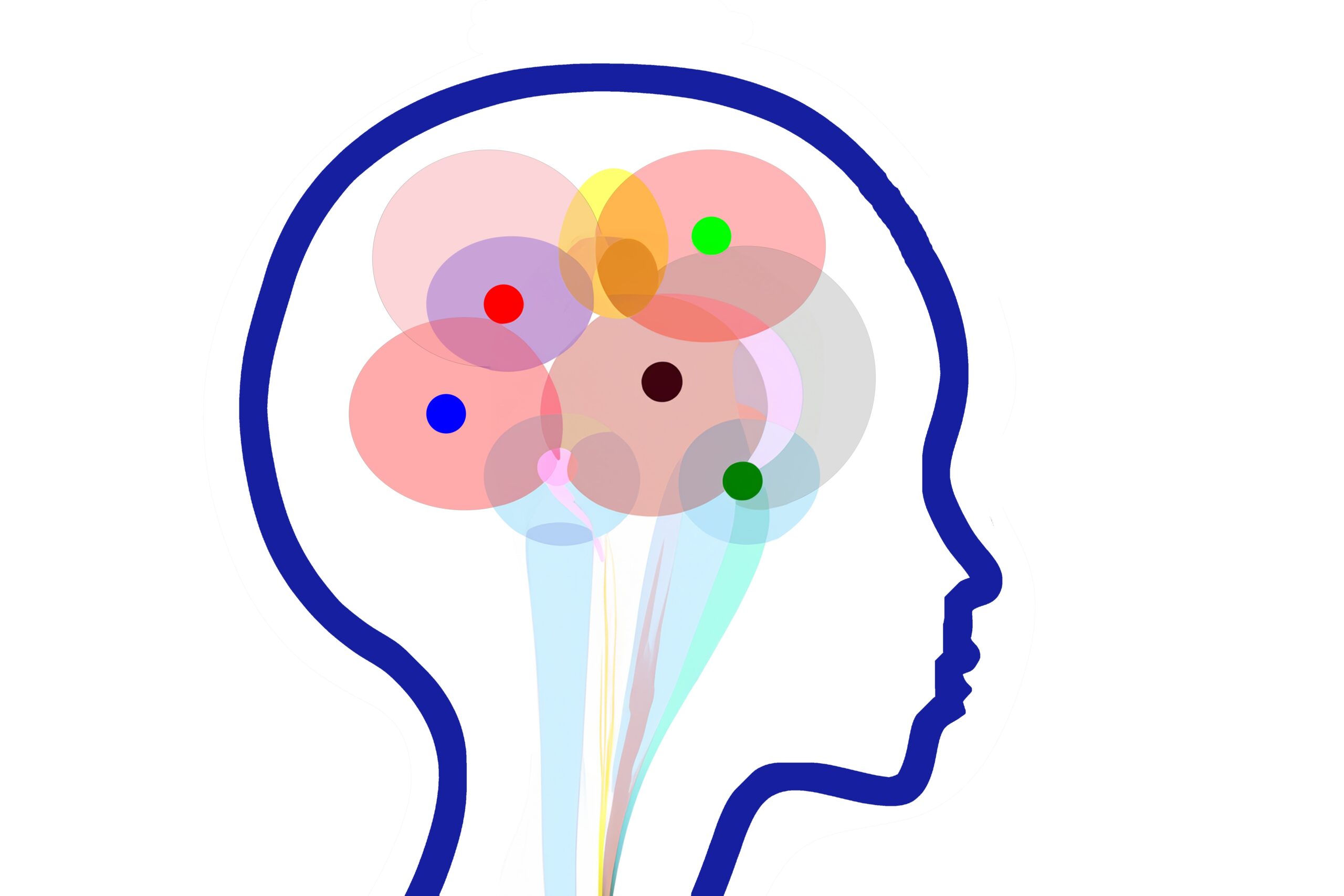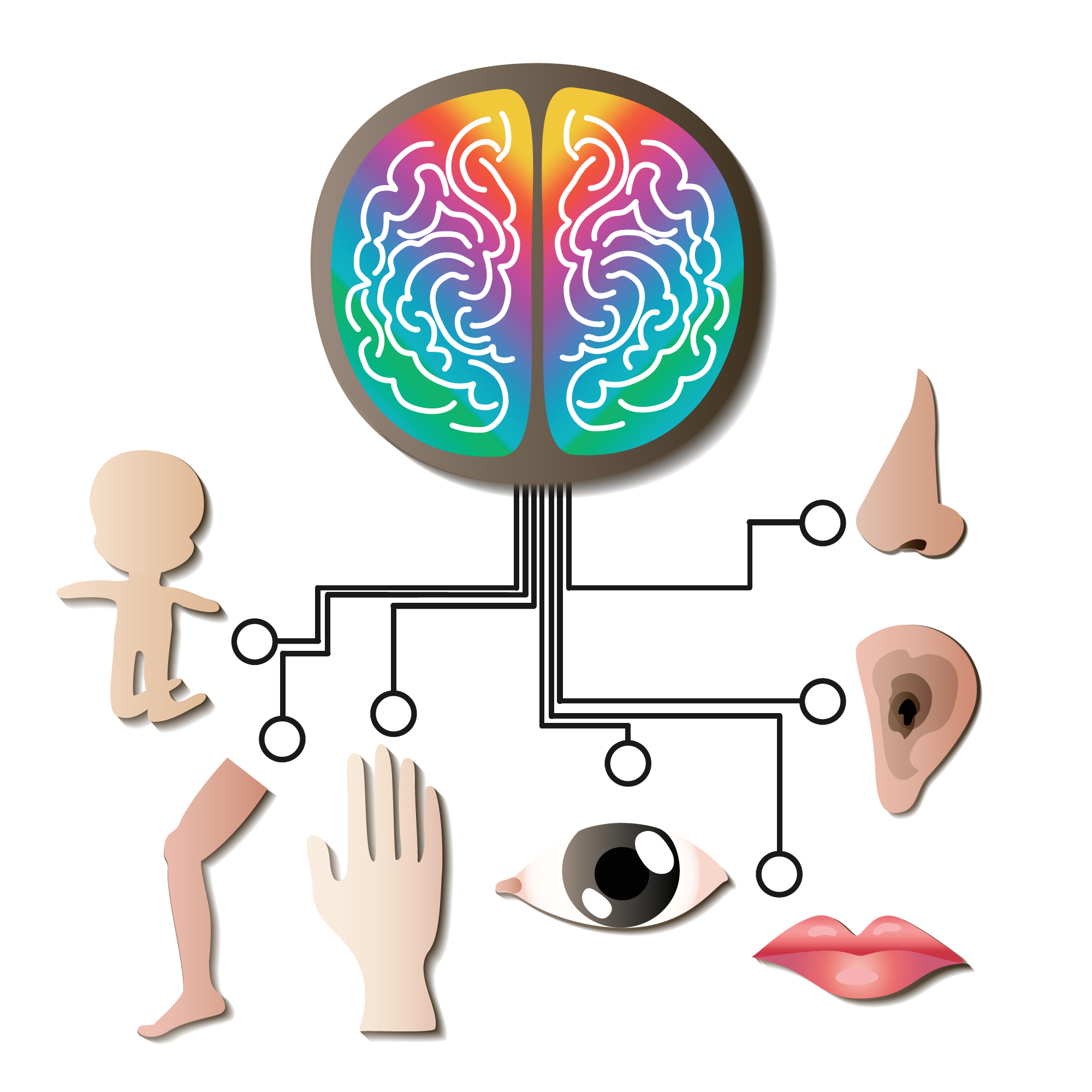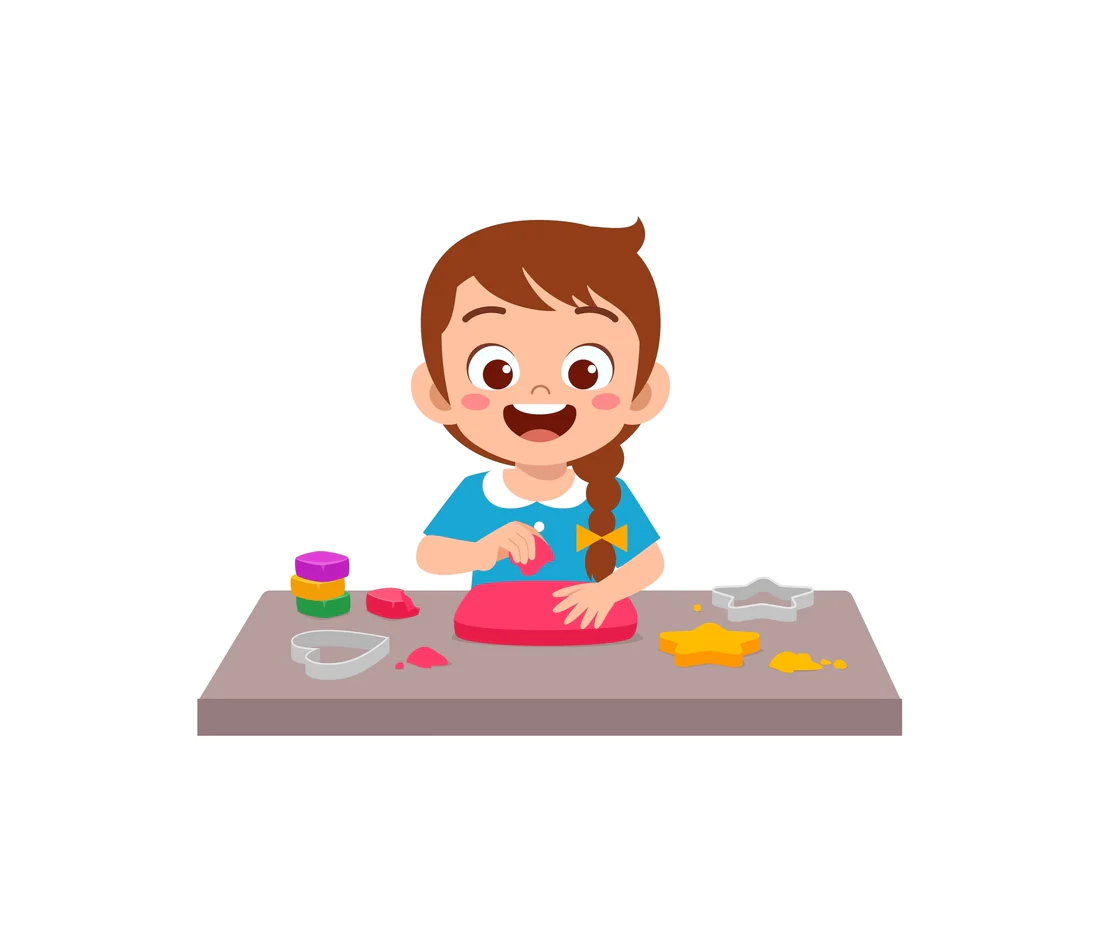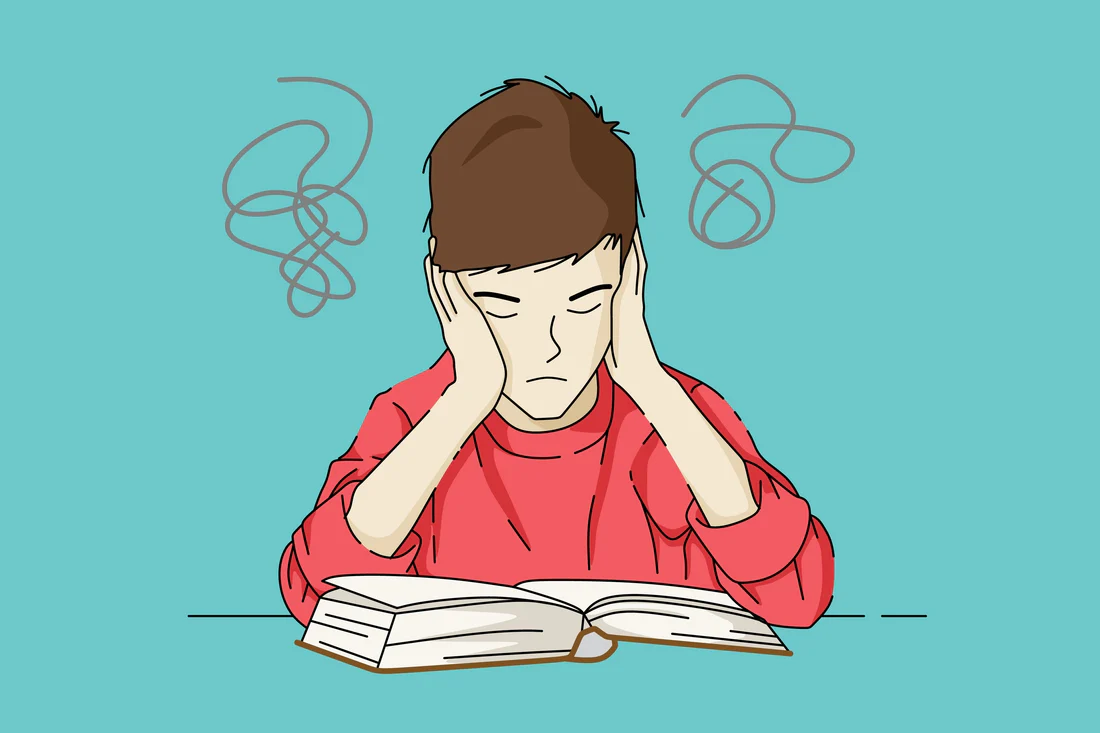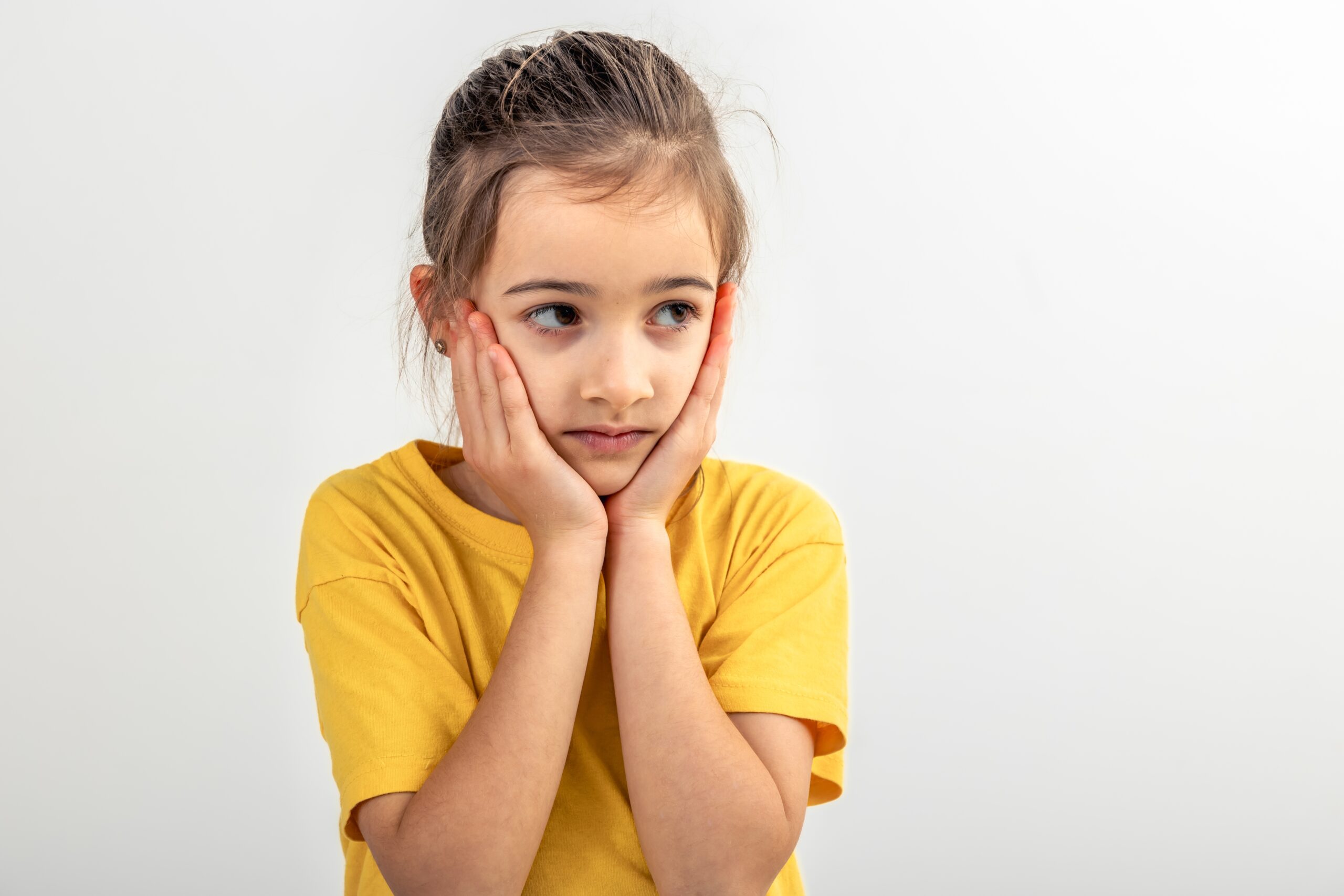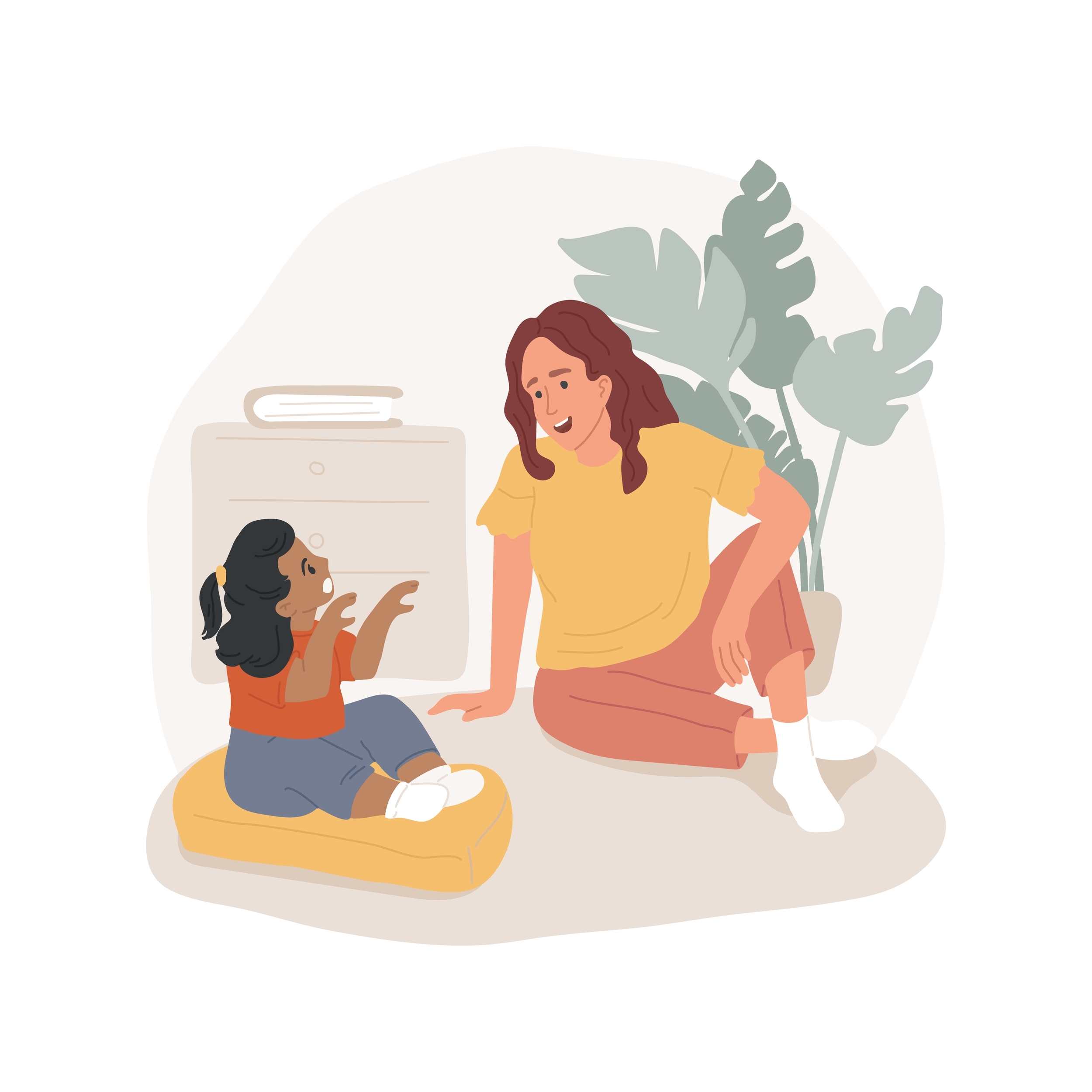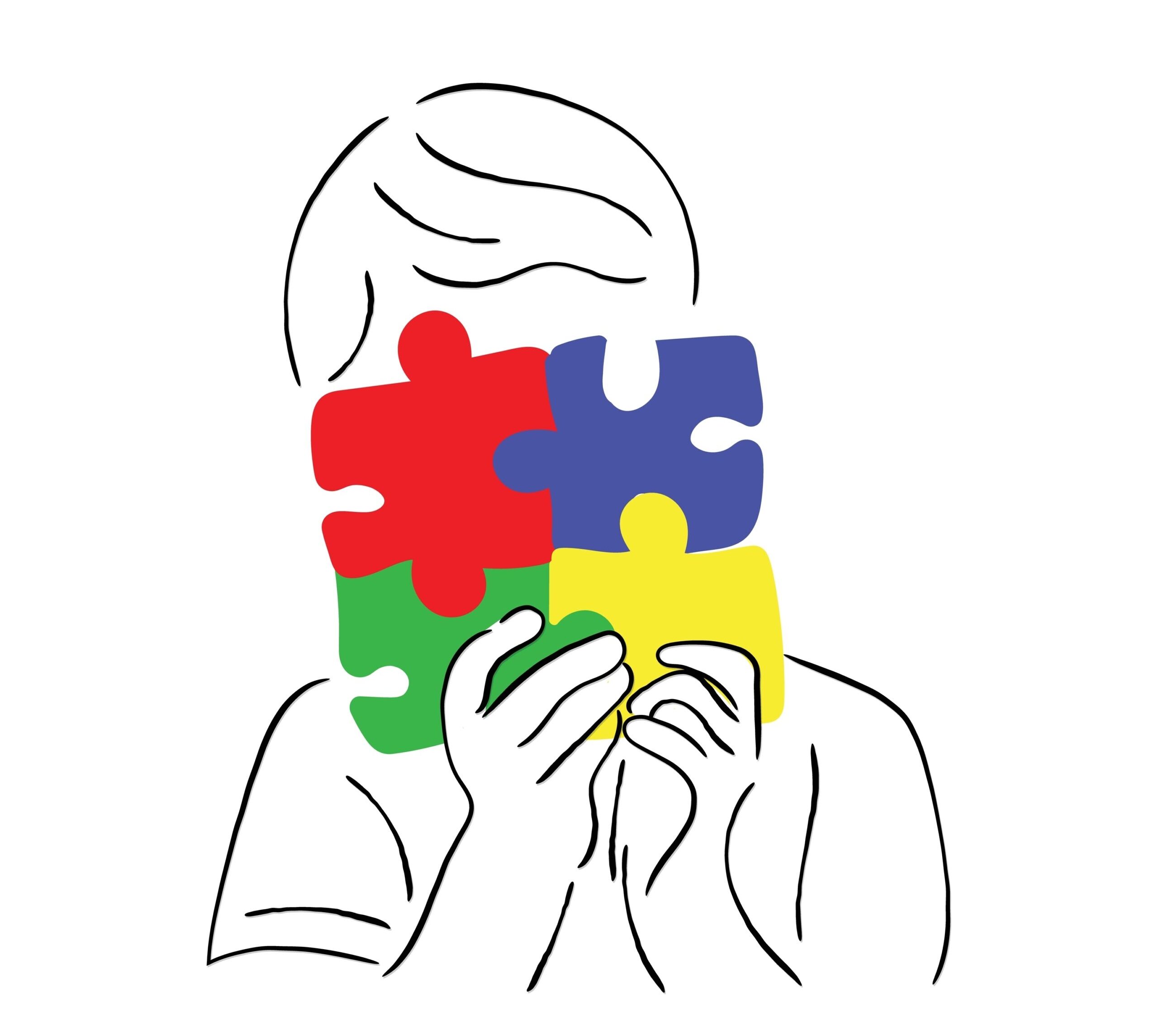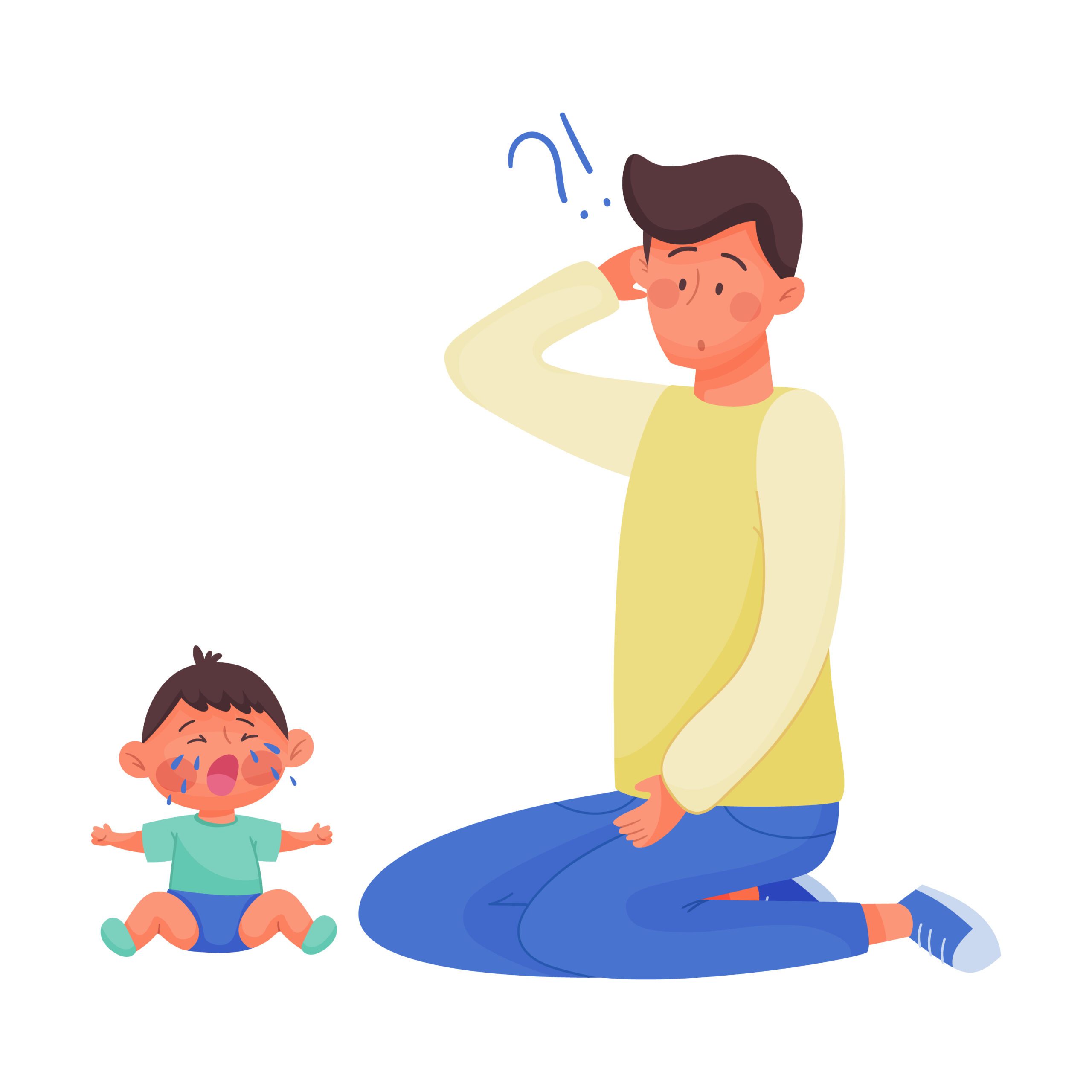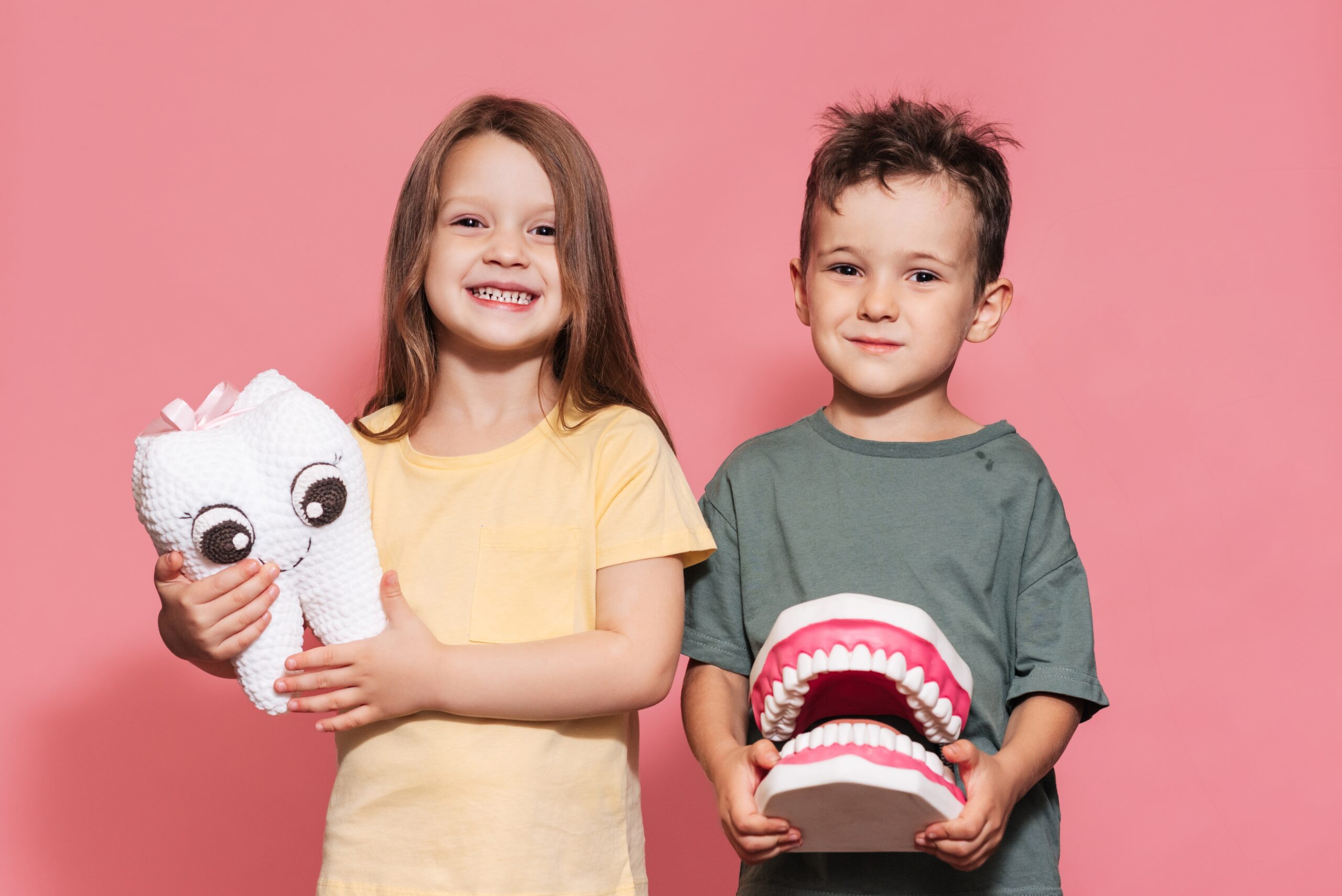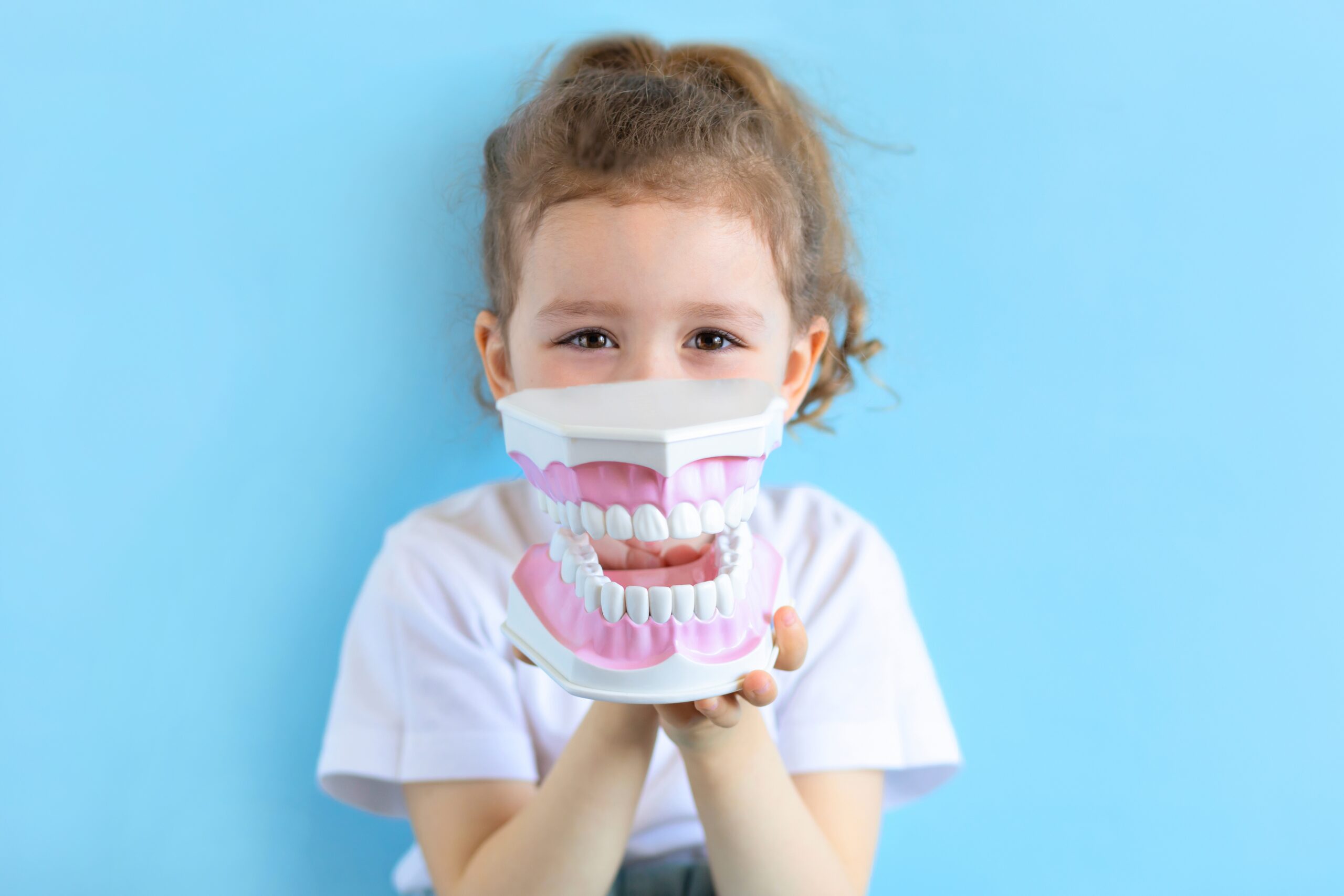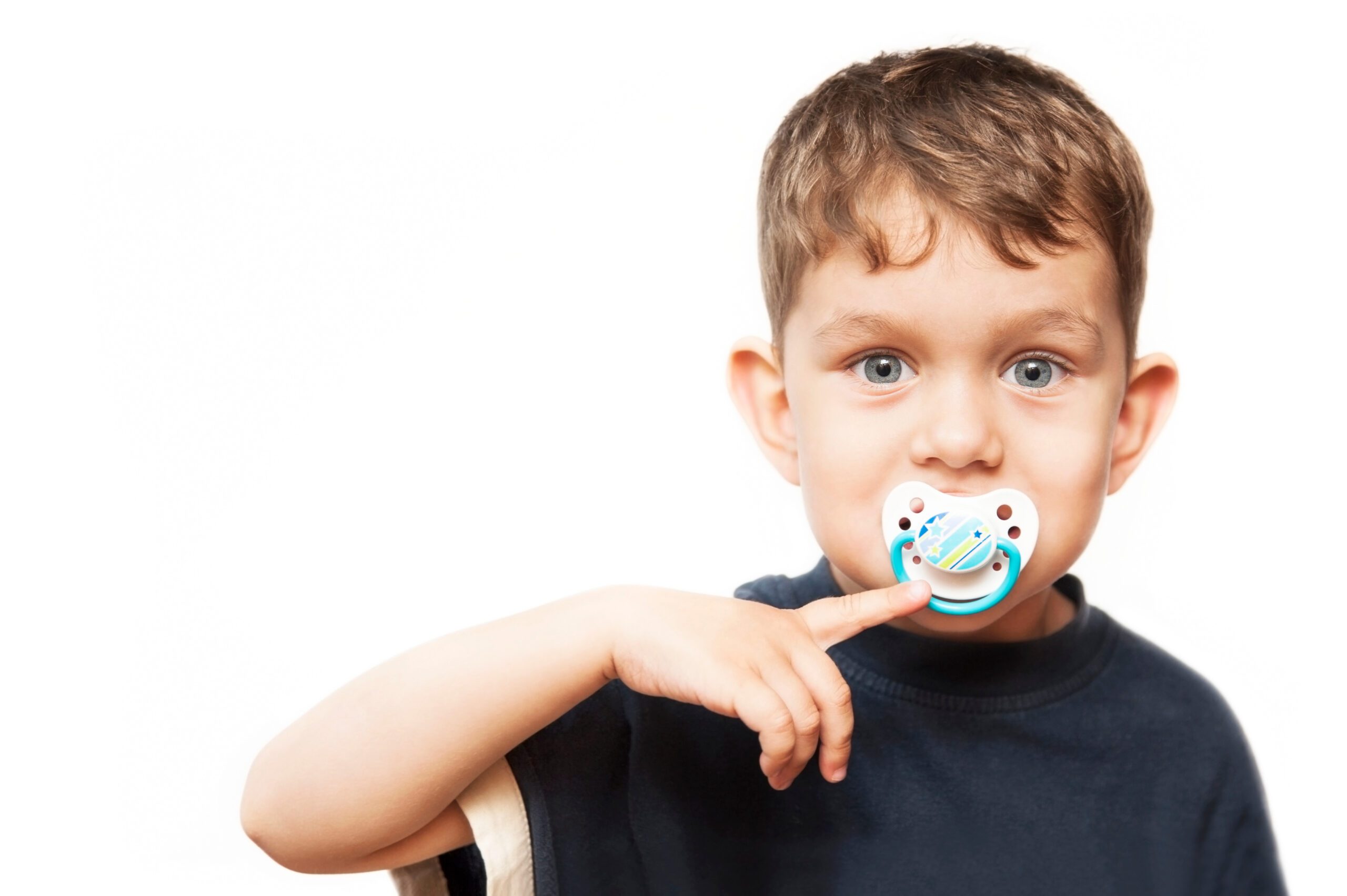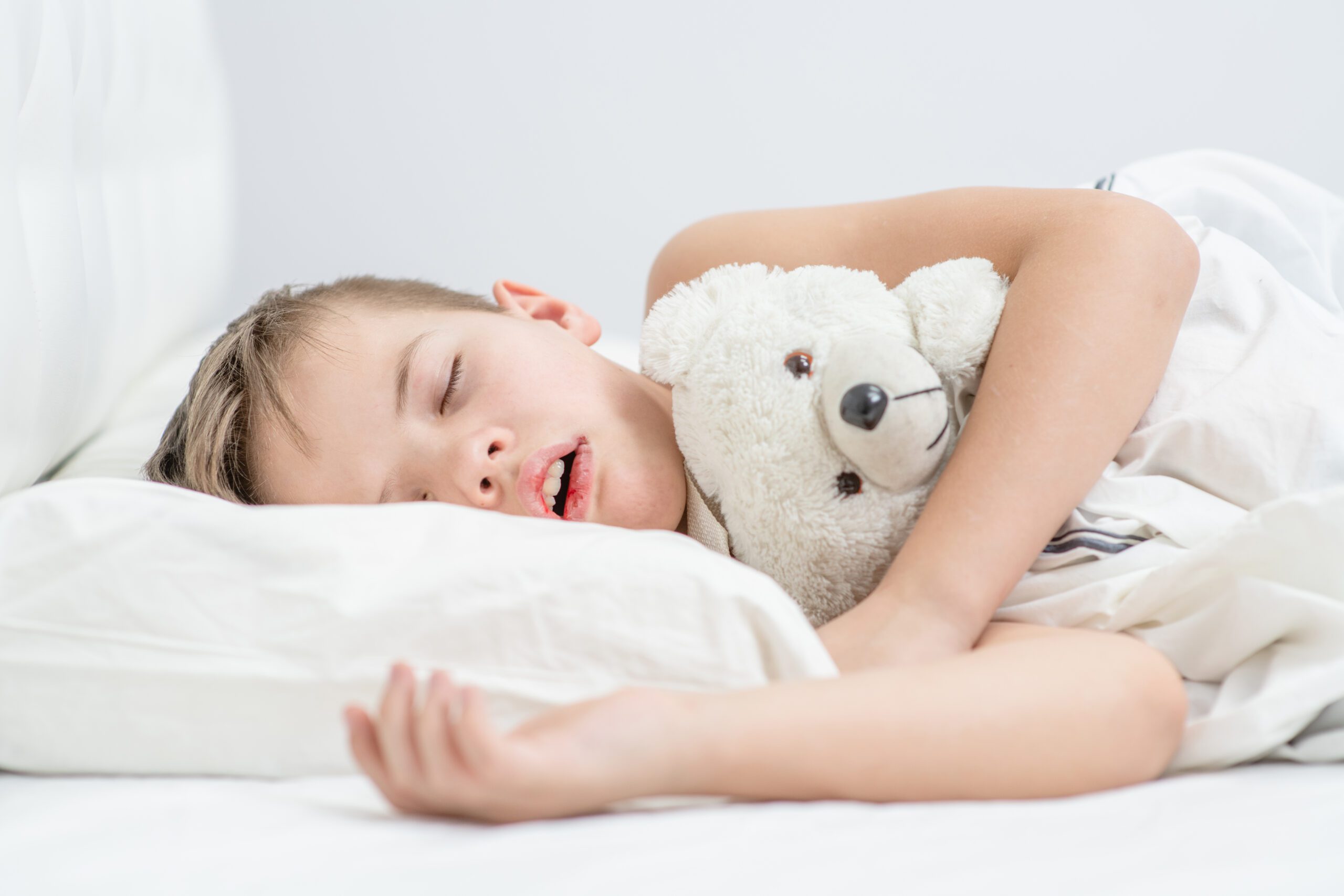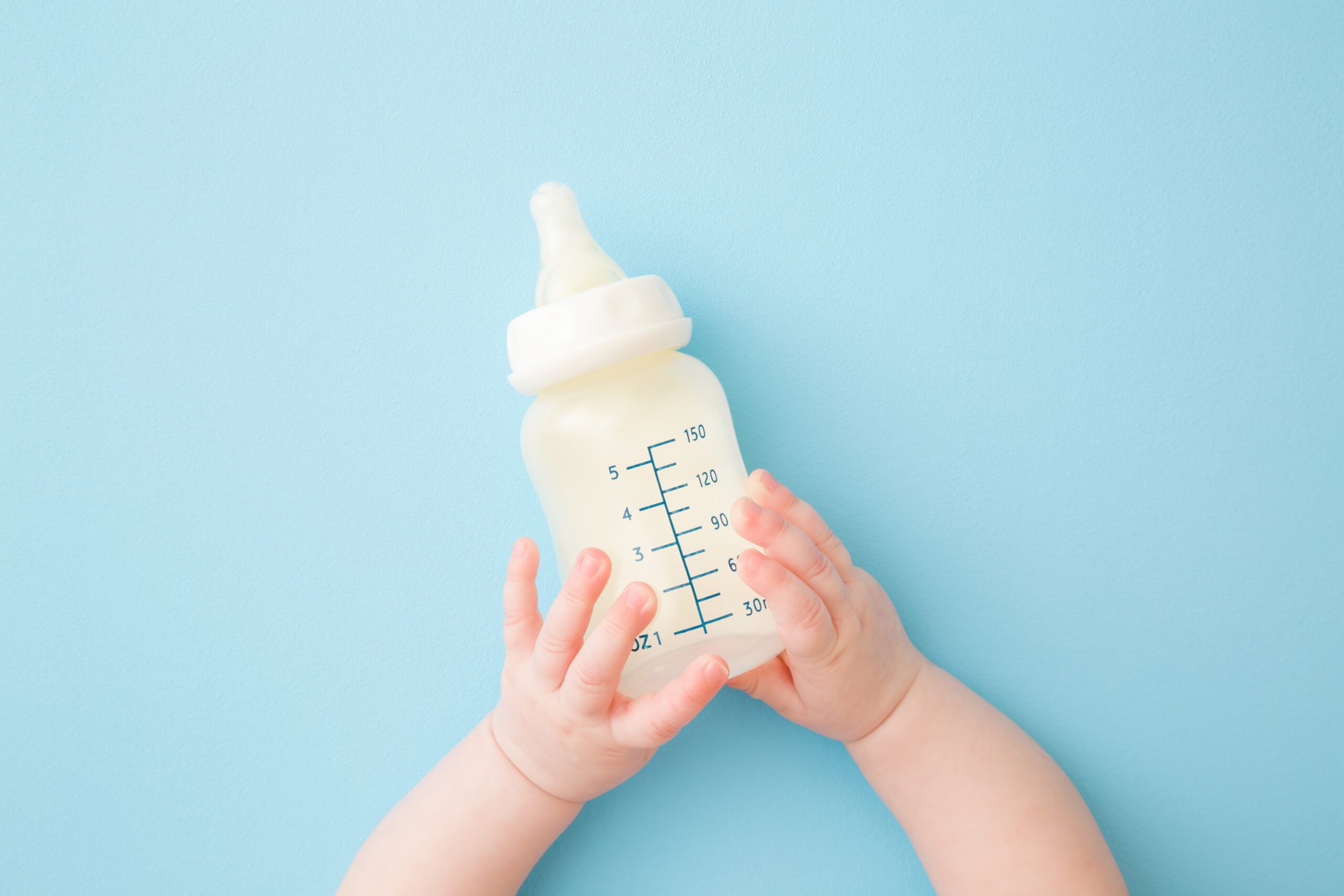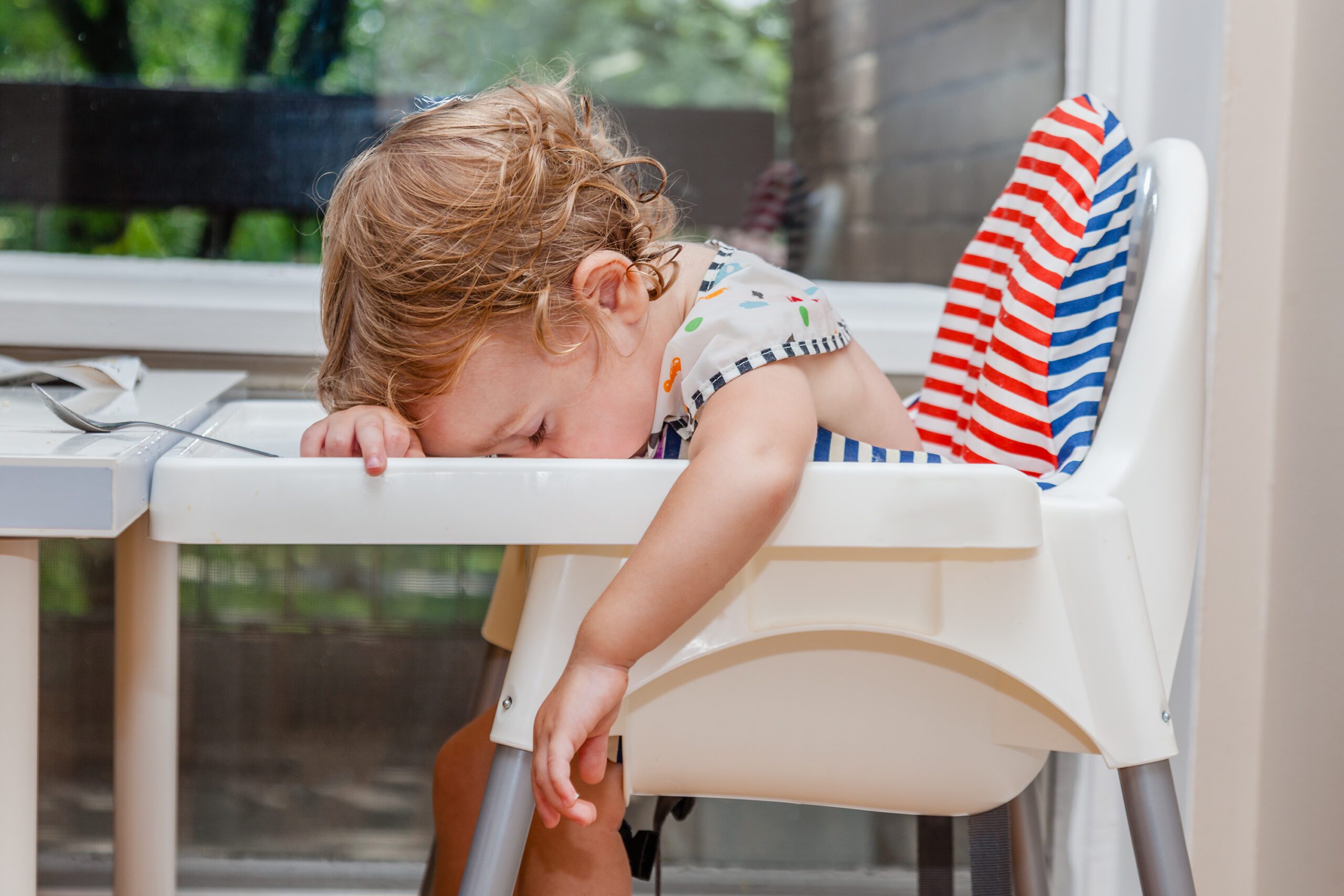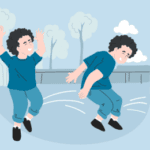
Blog
10 Sensory Friendly Strategies to Ease Separation Anxiety in Special Needs Kids
Author: DrSensory
May 25, 2025
10 Sensory Friendly Strategies to Ease Separation Anxiety in Special Needs Kids
Separation anxiety can be tough on any child, but for children with special needs, it often goes hand in hand with heightened sensory sensitivities. Whether your child is autistic, has ADHD, SPD (sensory processing disorder), or speech delays, transitions like saying goodbye at the school gate or for a caregiver switch can magnify their anxiety. But there’s hope.
With the right sensory-friendly strategies, you can help make those goodbyes a little easier while empowering your child to grow in confidence and resilience.
A Guide to Understanding Sensory Diets for Children with SPD

Understanding Separation Anxiety in Special Needs Kids
Separation anxiety is a normal part of childhood development, particularly in younger kids. It often presents as:
- Crying or clinginess when separating from a trusted caregiver
- Physical symptoms like stomachaches or headaches
- Difficulty sleeping or excessive worrying about being apart
For children with special needs, these signs can be even more pronounced. Autism, ADHD, SPD, or speech delays can amplify their struggles with change and unpredictability. For example:
- Children with autism may rely heavily on routine, making transitions even harder.
- Children with ADHD may have heightened feelings of impulsivity and insecurity.
- Children with SPD may experience sensory overload, making new environments overwhelming.
If this sounds familiar, you’re not alone. With the proper approaches, you and your child can manage and diminish these challenges over time.
Occupational Therapy Activities for Children With Autism
Is It Autism Or Sensory Processing Disorder?
NEURODIVERSITY: Understanding the Overlap Between Autism, Sensory Processing Disorder, and ADHD
The Sensory Connection How Sensory Sensitivities Amplify Anxiety
Ever wondered why separation anxiety feels more intense for children with special needs? The answer lies in sensory processing. When a child is hypersensitive to sensory input, seemingly minor shifts in their environment or routines can trigger a sensory overload that heightens their anxiety.
For example:
- Loud noises in a school drop-off line could make a child with SPD feel overwhelmed.
- New visual stimuli, like a classroom’s bright decorations, can overstimulate autistic children.
- Unfamiliar touch, like the feel of a caregiver’s hand, might unsettle them.
This is where sensory tools can make a powerful impact. DrSensory.com emphasizes the importance of using sensory strategies to help children regain emotional regulation and confidence during transitions.
A Guide to Understanding Sensory Diets for Children with SPD
Understanding the Connection Between Sensory Processing and Behavior in Children

10 Sensory Friendly Strategies to Ease Separation Anxiety
1. Create a Predictable Routine
Predictability reduces uncertainty, which calms anxiety. Establish clear morning and goodbye routines. Use visual schedules or consistent sensory tools for autism like timers or routine charts to ensure your child knows what to expect.
Occupational Therapy Activities for Children With Autism
Understanding and Managing Autism Meltdowns: Strategies for Calming Down
2. Use Visual Supports
Visual supports act as communication tools for children with special needs. These can be picture cards showing step-by-step actions or goodbye tokens that indicate when a caregiver will return, making transitions less daunting.
3. Weighted Items for Comfort
Weighted tools, like blankets, vests, or lap pads, offer soothing pressure to help regulate sensory systems during stressful mornings. These sensory tools for autism and SPD can provide a comforting, calming effect when goodbyes feel overwhelming.
Active Sensory Tools: Enhancing Play for Children With Sensory Disorders
Sensory Tools Checklist for Children with Sensory Processing Disorder (SPD)
4. Plan Sensory Breaks
A child experiencing sensory overload in kids benefits tremendously from short, intentional breaks to reset. Whether it’s deep breathing, rocking, or listening to calming sounds, sensory breaks can help them handle the day’s transitions more effectively.
5. Create a Safe Space at School and Home
Identify or build sensory-friendly environments your child can retreat to when they feel overwhelmed. For example:
- At home, a cozy corner with soft pillows.
- At school, a sensory room or designated area for kids with school anxiety ADHD.
Sensory Tools in the Classroom
Active Sensory Tools: Enhancing Play for Children With Sensory Disorders
The Science Behind Sensory Integration Therapy and How It Works
6. Use Social Stories to Normalize Goodbyes
Craft simple stories to help your child understand and rehearse goodbye scenarios. Social stories provide a powerful visual narrative for helping ADHD children transition to school or new routines.
Top Strategies for Parents Navigating ADHD in Kids
Top Strategies for Parents to Support Children with ADHD at Home and School
7. Gradual Exposure
Easing separation anxiety doesn’t happen overnight. Start small, like taking a tour of the school together before the first day. Gradually increase the time apart using sensory-friendly strategies for separation anxiety, paired with rewards or positive reinforcement.
Separation Anxiety in Children with Special Needs
8. Leverage Communication Tools
For kids who are nonverbal or with speech delays, transitioning can feel extra frustrating. Equip your child with tools like PECs (Picture Exchange Communication System) or speech therapy apps to enhance their understanding and express their emotions.
9. Offer Calming Sensory Activities
Keep your child engaged in fun, calming sensory activities. Activities like playing with kinetic sand, practicing yoga, or using fidget toys can help regulate their system. Sensory tools for autism and sensory diets can also work wonders for relaxation.
A Guide to Understanding Sensory Diets for Children with SPD
The Benefits of Sensory Toys for Calming and Sensory Seeking Behavior
10. Seek Professional Support
Sometimes, the best way to help is to get expert insights. Sensory integration therapy, speech therapy, or occupational therapy can provide tailored support to ease your child’s anxiety. At DrSensory.com’s Therapist Database, you can find the right professional nearby to guide you.
Is It Just Separation Anxiety or Something More
Occasionally, separation anxiety in special needs kids can signal a deeper underlying condition. Here’s what to watch out for:
- Persistent anxiety interfering with daily routines or sleep
- Avoidance or reluctance to leave home altogether
- Aggressiveness or extreme emotional outbursts when anticipating separation
If your child shows these signs, consider potential underlying concerns like:
- Separation anxiety in autistic children whose routines are disrupted
- Separation anxiety in Down syndrome kids with unique developmental challenges
- Developmental conditions such as Global Developmental Delay (GDD) or Selective Mutism
Early intervention is crucial. With the proper support, kids with developmental delays can overcome significant anxiety and thrive.
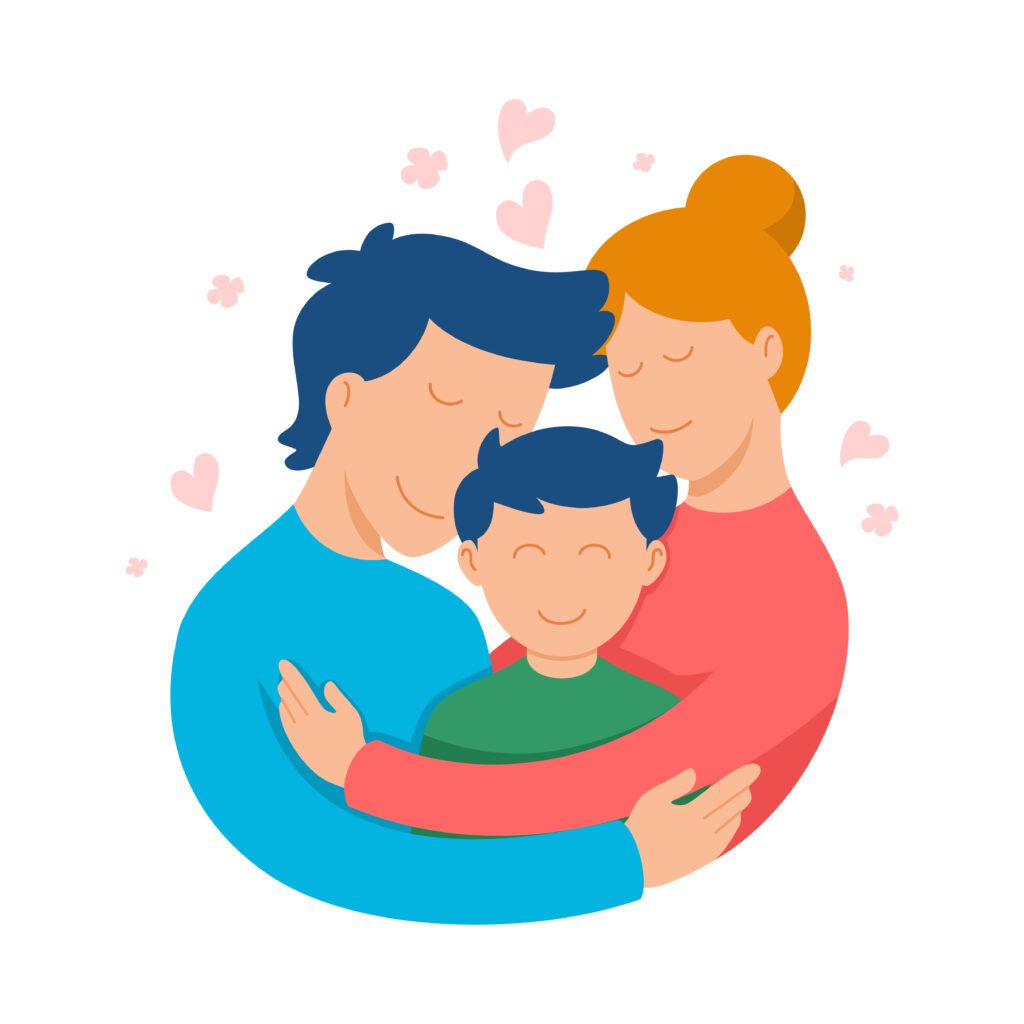
When to Seek Professional Help
If sensory-friendly strategies alone aren’t easing your child’s anxiety, it’s likely time to get help from professionals.
- Occupational therapists can provide sensory integration therapies and adaptive tools.
- Speech therapists assist in improving communication for nonverbal or language-delayed children.
- Use DrSensory.com’s Therapist Database to find qualified professionals near you.
Empower Your Child Through Sensory Support
While separation anxiety can be daunting, the right sensory tools and strategies provide a strong foundation for your child to feel secure and confident. By integrating sensory-friendly routines, communication aids, and professional support, you ensure each goodbye becomes just another manageable step.
At DrSensory.com, we’re here to empower families like yours with expert-driven resources and guidance. Take the next step by exploring our Therapist Database and finding the right support for your child today.
related blogs
Your child is constantly moving, crashing into furniture, or having meltdowns in response to seemingly minor things like a loud
Your toddler refuses to wear certain clothes, has huge meltdowns in noisy places, or is an extremely picky eater, limited
Your child seems to miss verbal instructions, struggles to follow conversations in noisy environments, and often asks "what?" even when
On the surface, autism and Ehlers-Danlos syndrome (EDS) might seem like two entirely unrelated conditions. One is a neurodevelopmental condition
The intense head pain begins, lights feel blindingly bright, and every sound seems amplified to an unbearable level. You retreat




